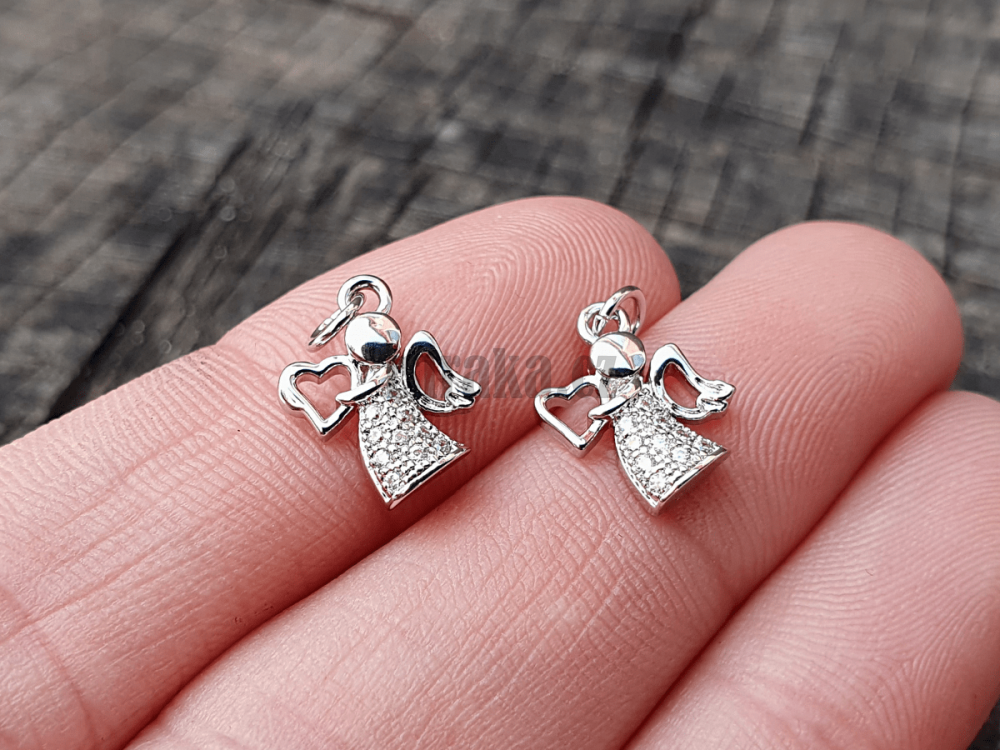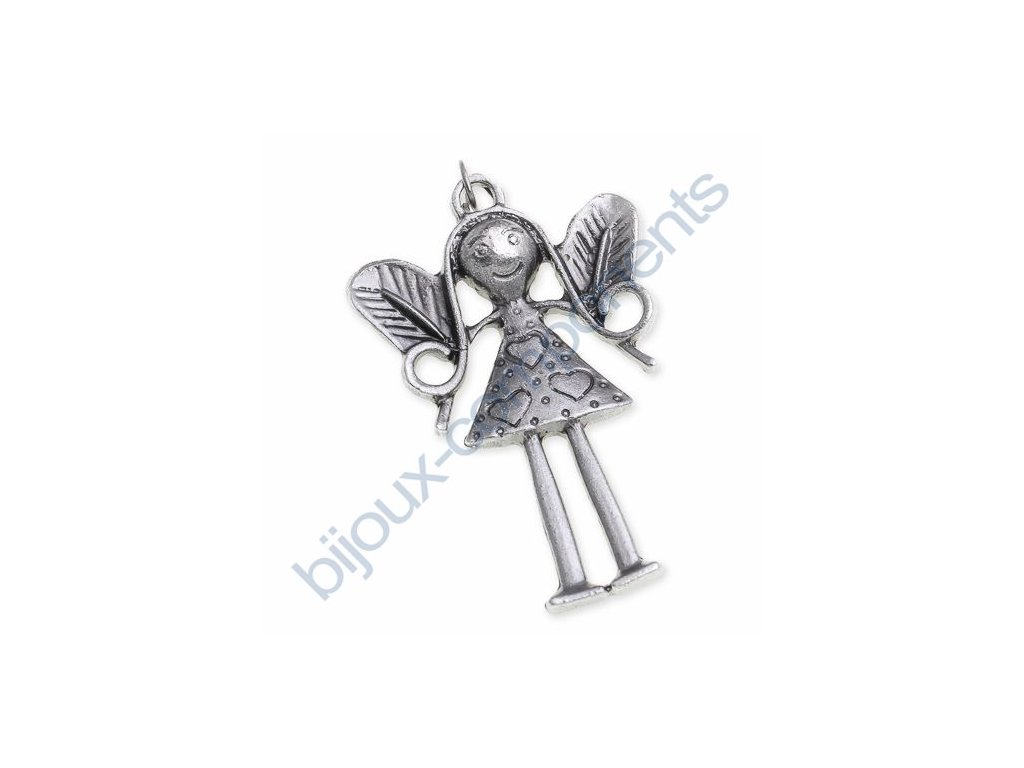
Korálek nerezový Fashion Jewerly - Přívěsek Anděl Strážný, Andílek se srdíčkem, Angels Love 2696 | Krásné šperky, korálky s velkým průvlekem, amulety, náramky, prsteny, kapesní hodinky, šátky, dekorace, svíčky a relaxační omalovánky

Mosazný přívěsek s kubickými zirkony - růžově zlatý - anděl - 12 x 9,5 x 2 mm - 1 ks - Nejlevnější korálky

Anděl přívěsek stříbrný s bílými zirkony | istraka.cz - nejtřpytivější korálky a polodrahokamy široko daleko



























